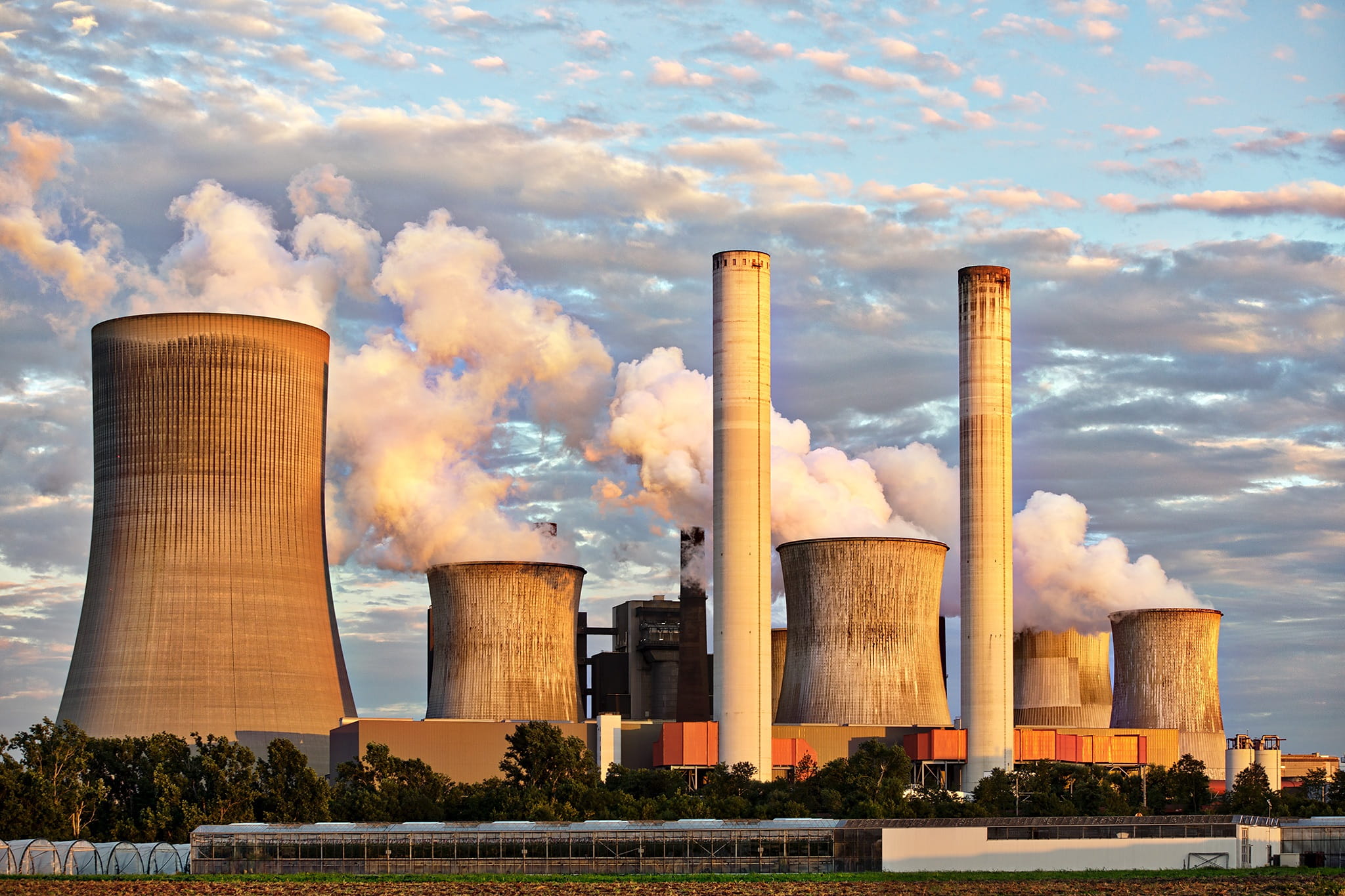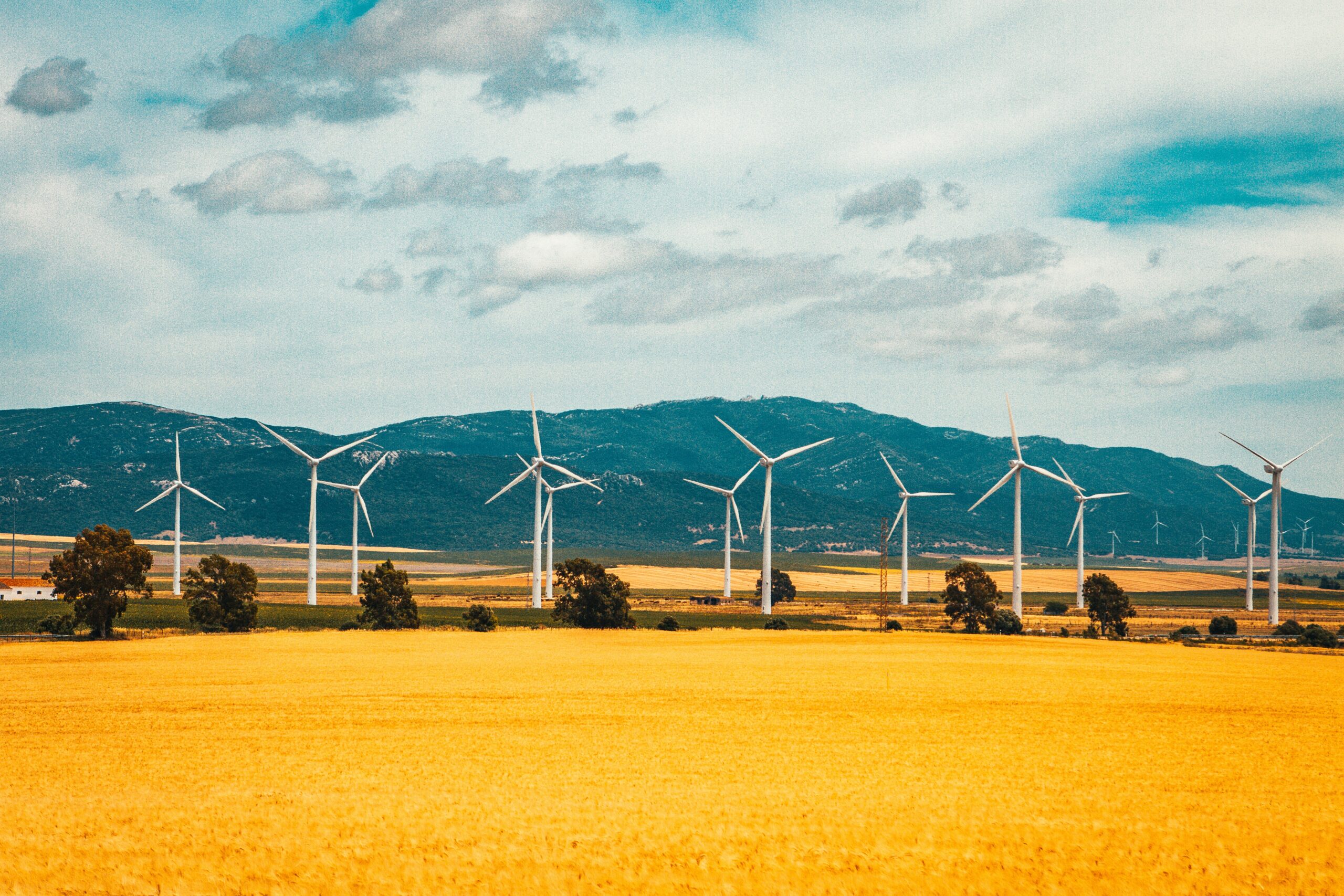IEA: Clean energy investment must triple in emerging and developing economies
A new report by the International Energy Agency (IEA) and International Finance Corporation (IFC) highlights the need to massively scale up clean energy investment in emerging and developing economies to sustainably meet growing energy demand and climate targets.
Despite solar’s surge, the progress of other energies such as wind and hydropower is lagging, according to the analysis. Grids also aren’t expanding fast enough and growth in energy efficiency investment is expected to slow this year too.
Resultantly, getting on track for net zero by 2050 will require clean energy spending in emerging and developing economies to more than triple by 2030 – from USD $770 billion today to USD $2.8 trillion annually by the early 2030s. This is far beyond the capacity of public financing alone, which therefore demands “an unprecedented mobilisation of private capital”, the report read.
Policy reforms needed to facilitate private investment
While carbon-intensive energy systems such as South Africa’s have more challenging transition pathways than others, innovative strategies such as the pioneering Just Energy Transition Partnerships (JETPs) can help clear the way for cleaner energy and address the social dislocation associated with transitioning from coal.
In addition to such deals, the report also underscores the fundamental need for policy reforms that breakdown barriers to private investment and reduce the cost of clean energy projects. Continent-wide, just 14 per cent of climate finance flows into Africa came from private actors in 2020.
Encouraging more private investment is therefore crucial to nations such as South Africa to benefit more fully from the opportunities of the new global energy economy. “The battle against climate change will be won in emerging and developing economies where the potential for clean energy is strong but the level of investments is far below where it should be”, said IFC Managing Director Makhtar Diop. “To address the pressing energy demands and emissions reduction goals in EMDEs, we need to mobilise private capital at speed and scale and urgently develop more investable projects.
Investing in a renewable, resilient economy
South Africa’s failing and polluting power system accentuates the need and urgency to attract clean energy investment and steadfastly pursue a greener economy. Renewable investment can quickly address the current power supply gap of 4 to 6 GW responsible for daily load shedding. Longer-term, South Africa requires 18 GW of new wind and solar PV by the end of the decade to meet energy needs and replace the 12 GW of coal plants set to retire by this date, according to the government’s latest Integrated Resource Plan (IRP).
On the international stage, investments in renewables will help ensure South Africa can continue to have competitive exports in the face of growing carbon tariffs, such as the European Union’s Carbon Border Adjustment Mechanism (CBAM). Further benefits include a net increase in jobs and significantly reduced air pollution and water usage.
From coal to clean: Komati power station transition
One example of climate finance in action is the repurposing and repowering of Komati coal power station. This is Eskom’s flagship Just Energy Transition (JET) development, with USD $497 concessional funding secured this year via blended finance of international loans and grants. By 2030, Eskom expects the site to have a renewable generation capacity of 370 MW and to have developed a pipeline of further repowering and repurposing opportunities.
Eskom expects to have generated 660 net direct full-time jobs and 8,700 temporary jobs by this time. In addition, it is planning for the facility to train 200 people each year and produce containerised microgrids for use across South Africa and the rest of the continent.
Initiating JET projects well before coal decommissioning is a key lesson to limit disruption to local economies and communities, says Eskom. Such considerations are core to ensuring the transition to clean energy generation is also socially just.
Related Articles
Komati’s closure: Lessons for a Just Transition
Early planning, local economic diversification and participatory planning to empower communities are critical for a Just Transition, says the PCC.
The end of fossil fuels: New report finds Europe is on the irreversible path to clean energy
The EU is firmly on its clean energy transition, with renewables and green technologies at the front and centre of new economic partnerships.




